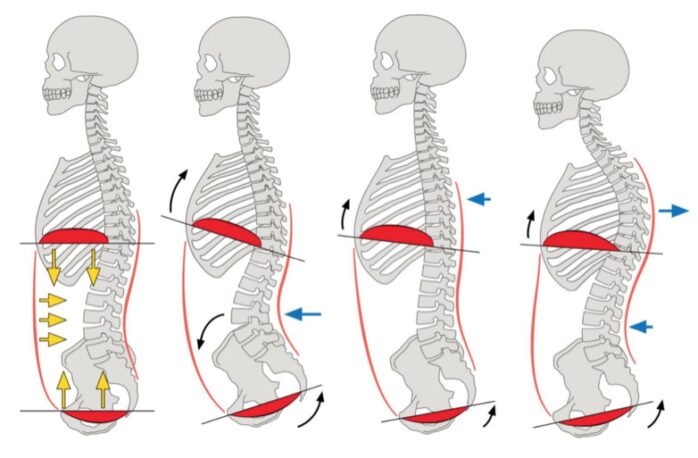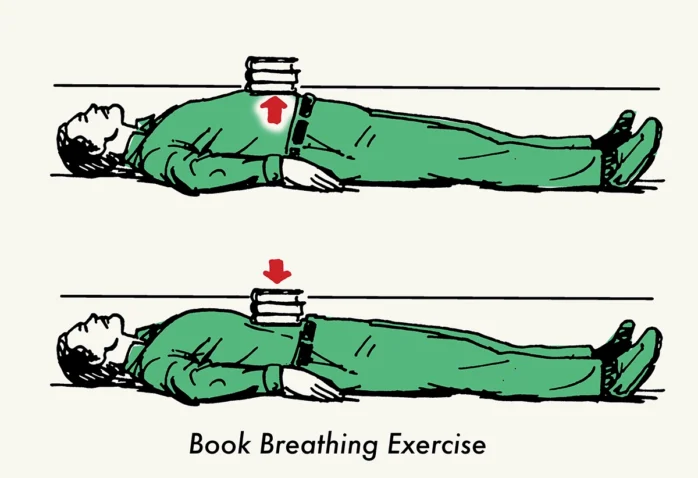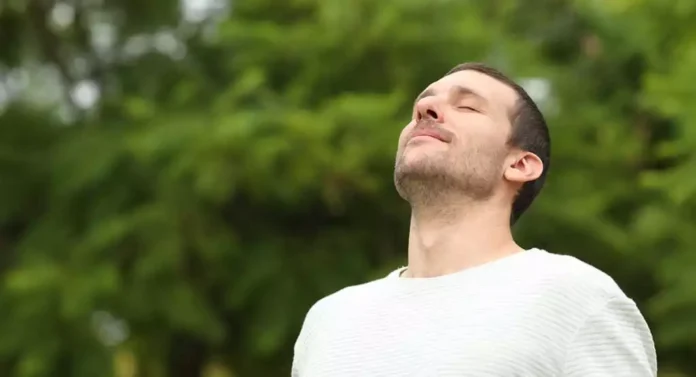Active exercise, including walking, increases the efficiency of the respiratory system. Breathing is extremely important to make your walking as effective as possible because muscles need oxygen to work.
Proper breathing during exercise will improve your body’s ability to withstand intense exercise, reducing the possibility of injury, saving energy by slowing breathing.
When we breathe properly, the physical and emotional levels are triggered. Blood pressure, pulse, and muscle tension are reduced because proper breathing relaxes and alleviates the symptoms of stress, anxiety, and sleep disorders. Also, we leave more space for our feelings, that is, we can process them better if we stop breathing in the wrong way.
It has been scientifically proven that breathing properly can improve digestion, reduce inflammation, strengthen the lungs and release the hormone of happiness. The power of controlled breathing has all the listed benefits for our bodies. Slower and deeper breathing helps us get more oxygen to the body than the shallow breathing we are used to.
Unfortunately, a large number of people breathe improperly. This happens as a result of incorrect body position (both sitting and moving), stress and tension, and retraction of the abdomen inwards.
Posture and Breathing

Good posture is closely connected to breathing as well. With a hunched posture, the diaphragm is pressed and the lungs are retracted, which prevents the use of the full capacity of the lungs. With proper posture, the shoulders are pushed back, and the spine is straightened, which releases pressure from the diaphragm and lungs.
Whether we are walking, exercising, or resting, shallow and uneven breathing, as well as upper chest breathing, is not beneficial for our body-mind complex. We should allow our breath to start in the stomach, using abdominal breathing instead pulling the belly in while trying to look slimmer.
Next important thing is to use the nostrils both for inhalation and exhalation. Breathing through the nose allows the nostrils to filter toxins and allergens from the air and thus prevent them from entering the body, heat air that is too cold, and moisturize to dry air.
Breathing from the diaphragm helps us to balance the flow of blood through the lungs and the flow of air through the alveoli. We all know how deep breathing has a positive and calming effect on our psyche.
Deep breathing stimulates the nerves and has a calming effect on our mental state. “Breathe deeply” is something that is always said first to people who have gone through a traumatic experience, because this is how breathing sends signals to the brain that everything is fine.

If you are not sure if you are breathing properly, sit or lie down and place one hand on your chest and the other on your stomach and observe the movement of your arms with inhales and exhales.
The inhalation should begin in the abdomen, which rises with the inhale and lowers with the exhale. The hand on your chest should remain still, while the one on your belly should rise. Pay attention to the exhale, which is just as important as the inhale.
Only when you exhale properly and fully can you breathe out toxins, like carbon dioxide, and allow fresh oxygen to flood back in. The exhale can be done as well through pursed lips. For best results do this exercise 5 to 10 minutes per day.


